Testosterone Level Assessment Tool
Testosterone Level Assessment
Enter your current testosterone level to see if it falls within the normal range for men and understand what your results mean for hormone replacement therapy.
What Your Results Mean
This tool provides a general assessment only. Testosterone therapy should only be prescribed by a physician after proper clinical evaluation and testing.
Your results should always be interpreted by a healthcare professional who can consider your complete medical history and other relevant factors.
Testosterone therapy may not be appropriate for you if you have certain health conditions such as prostate cancer, severe heart disease, or untreated sleep apnea.
When doctors talk about Hormone Replacement Therapy for secondary hypogonadism, they’re referring to a treatment that restores the body’s natural hormone levels when the pituitary gland can’t signal the testes to produce enough testosterone. If you’ve been diagnosed with low testosterone caused by a problem above the testes, this article shows you what the therapy can do, where it can backfire, and how to keep the balance right.
Understanding Secondary Hypogonadism
Secondary hypogonadism originates in the brain, not the testes. The pituitary gland fails to release enough luteinizing hormone (LH) and follicle‑stimulating hormone (FSH), which tell the testes to crank out testosterone. Common causes include:
- Head trauma or pituitary tumors
- Chronic opioid use
- Congenital disorders
- Prolonged glucocorticoid therapy
Typical lab findings show low serum total testosterone (< 300ng/dL) with inappropriately low or normal LH/FSH levels. Symptoms mirror primary hypogonadism-fatigue, reduced libido, mood swings, loss of muscle mass-but the underlying issue is the brain’s hormonal command center.
What Is Hormone Replacement Therapy?
Hormone Replacement Therapy (HRT) for secondary hypogonadism usually means testosterone therapy. Delivery methods include:
- Intramuscular injections (e.g., testosterone enanthate)
- Transdermal gels or patches
- Subcutaneous pellets
- Nasally administered testosterone
Each formulation aims to keep serum testosterone within the mid‑normal male range (400‑700ng/dL). The choice depends on lifestyle, cost, skin sensitivity, and how quickly you need levels to rise.
Who Should Consider HRT?
Guidelines from endocrine societies suggest starting HRT when all three criteria are met:
- Consistently low morning testosterone on at least two separate occasions.
- Documented secondary cause (e.g., pituitary MRI showing a microadenoma).
- Clinically significant symptoms that affect quality of life.
Patients with uncontrolled prostate cancer, severe untreated sleep apnea, or recent thromboembolic events are usually excluded. A baseline work‑up includes CBC, liver panel, lipid profile, PSA, and bone density scan.
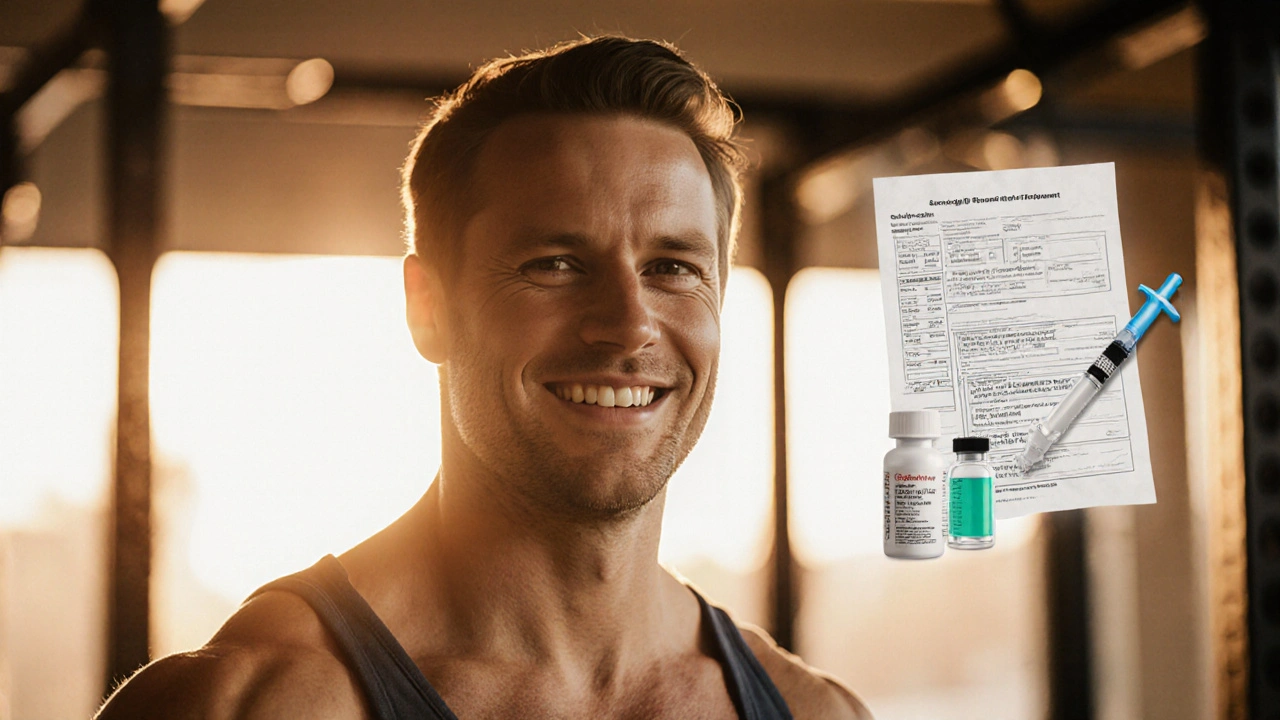
Potential Benefits
When titrated correctly, HRT can reverse many of the complaints linked to low testosterone. Below is a snapshot of the most frequently reported gains:
| Benefit | Typical Outcome | Evidence Snapshot |
|---|---|---|
| Increased muscle mass | 5‑10% gain in lean body mass over 6months | Randomized trial, 2023, n=214 |
| Improved libido | 30‑40% reporting higher sexual desire | Meta‑analysis, 2022, 12 studies |
| Better mood & cognition | Reduced depressive scores by 3‑4 points (PHQ‑9) | Longitudinal cohort, 2021, n=378 |
| Bone density preservation | 0.5‑1% increase in lumbar spine BMD annually | Observational study, 2020, post‑menopausal men |
| Metabolic improvements | Decreased fasting glucose by 5‑8mg/dL | Controlled trial, 2024, n=150 |
These benefits are most noticeable when treatment starts early, adherence is high, and lifestyle factors (exercise, sleep, nutrition) are optimized.
Potential Risks and Side Effects
Every medical option carries downsides, and testosterone therapy is no exception. The most concerning risks include:
- Cardiovascular disease: Data are mixed, but a 2022 meta‑analysis linked high dose injections to a 12% increase in adverse cardiac events in men over 65.
- Prostate cancer: Testosterone can accelerate growth of existing cancers; routine PSA monitoring is essential.
- Polycythemia: Hematocrit may rise above 54%, raising clot risk.
- Sleep apnea exacerbation: Hormone shifts can thicken airway tissues.
- Skin irritation: Topical gels cause local rash in up to 5% of users.
Rare but serious complications-like hepatic adenomas from oral formulations-are largely avoided with modern injectable or transdermal routes.
Monitoring & Managing Therapy
Effective HRT hinges on regular check‑ins. A typical schedule looks like this:
- Baseline (Week0): CBC, PSA, lipid panel, fasting glucose, bone density, testosterone, LH, FSH.
- First follow‑up (Month3): Repeat testosterone to ensure target range, check hematocrit, adjust dose if needed.
- Ongoing (Every 6‑12months): PSA, hematocrit, lipid profile, symptom review.
If hematocrit creeps above 54%, either lower the dose or switch to a gel that delivers smaller daily spikes. Elevated PSA (>4ng/mL) prompts urologist referral. For mood swings, consider adding a short‑acting formulation to smooth peaks.
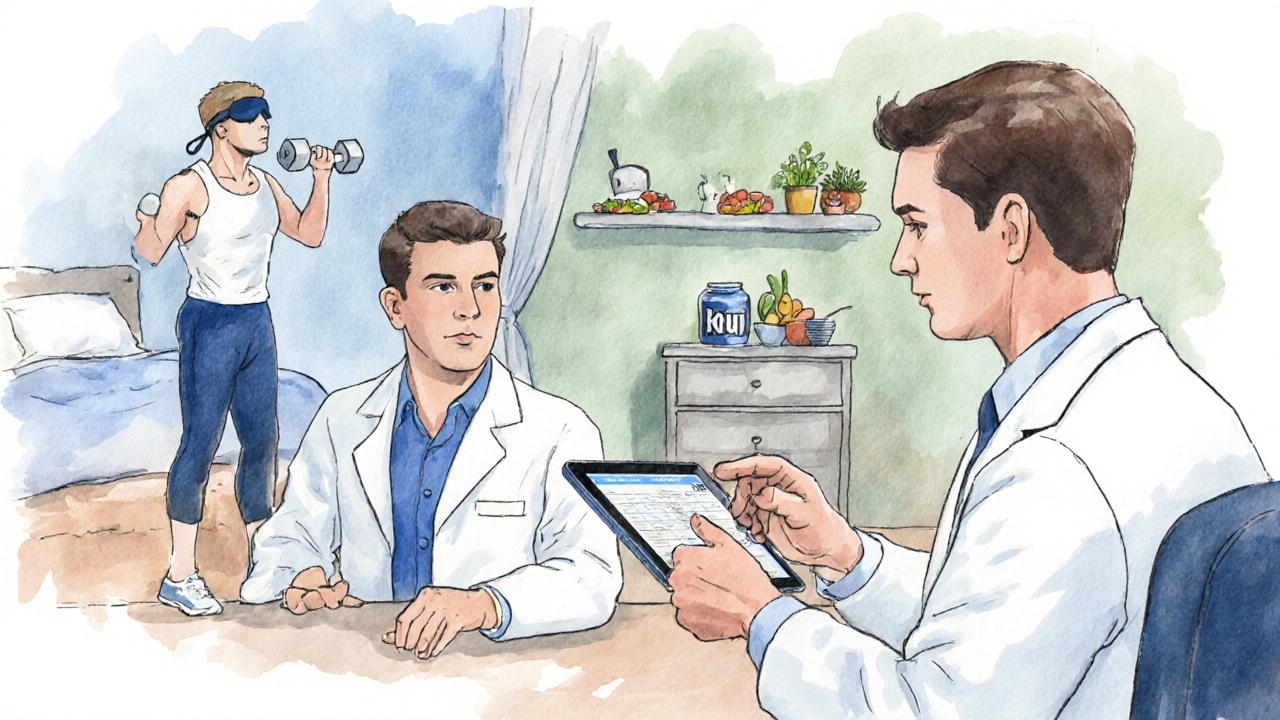
Alternatives & Lifestyle Support
Not everyone wants-or can tolerate-exogenous testosterone. Options include:
- Selective estrogen receptor modulators (SERMs) like clomiphene to stimulate the pituitary.
- Human chorionic gonadotropin (hCG) mimics LH, encouraging natural testosterone production.
- Weight loss and resistance training, which can raise endogenous testosterone by up to 15%.
- Sleep hygiene: 7‑9hours of quality sleep supports the hypothalamic‑pituitary‑testicular axis.
Combining lifestyle tweaks with low‑dose HRT often yields the best balance of benefit and safety.
Frequently Asked Questions
Can HRT cure secondary hypogonadism?
It doesn’t cure the underlying brain issue, but it replaces the missing hormone, effectively eliminating symptoms while the condition persists.
How long should I stay on testosterone therapy?
Most men continue long‑term, with annual reassessments. If the root cause resolves (e.g., pituitary surgery), a taper‑off trial can be attempted.
Is gel safer than injections?
Gels avoid peaks that can raise hematocrit quickly, but they pose a risk of transferring the hormone to others through skin contact. Choose based on personal preference and monitoring results.
Do I need a special diet while on HRT?
A balanced diet rich in protein, healthy fats, and micronutrients (zinc, vitaminD) supports muscle gain and bone health. Avoid excessive alcohol, which can blunt testosterone effects.
What if my PSA rises during treatment?
A modest rise isn’t uncommon, but a jump >0.5ng/mL warrants urologist evaluation to rule out cancer before continuing therapy.
Key Takeaways
- Secondary hypogonadism stems from pituitary or hypothalamic dysfunction, not testicular failure.
- Hormone Replacement Therapy, typically with testosterone, can restore normal levels and improve energy, libido, mood, and bone density.
- Major risks include cardiovascular events, prostate concerns, polycythemia, and sleep‑apnea worsening; regular labs mitigate these.
- Baseline testing and semi‑annual monitoring are essential for safe long‑term use.
- Lifestyle measures and alternative drugs (SERMs, hCG) can complement or reduce the need for full‑dose testosterone.

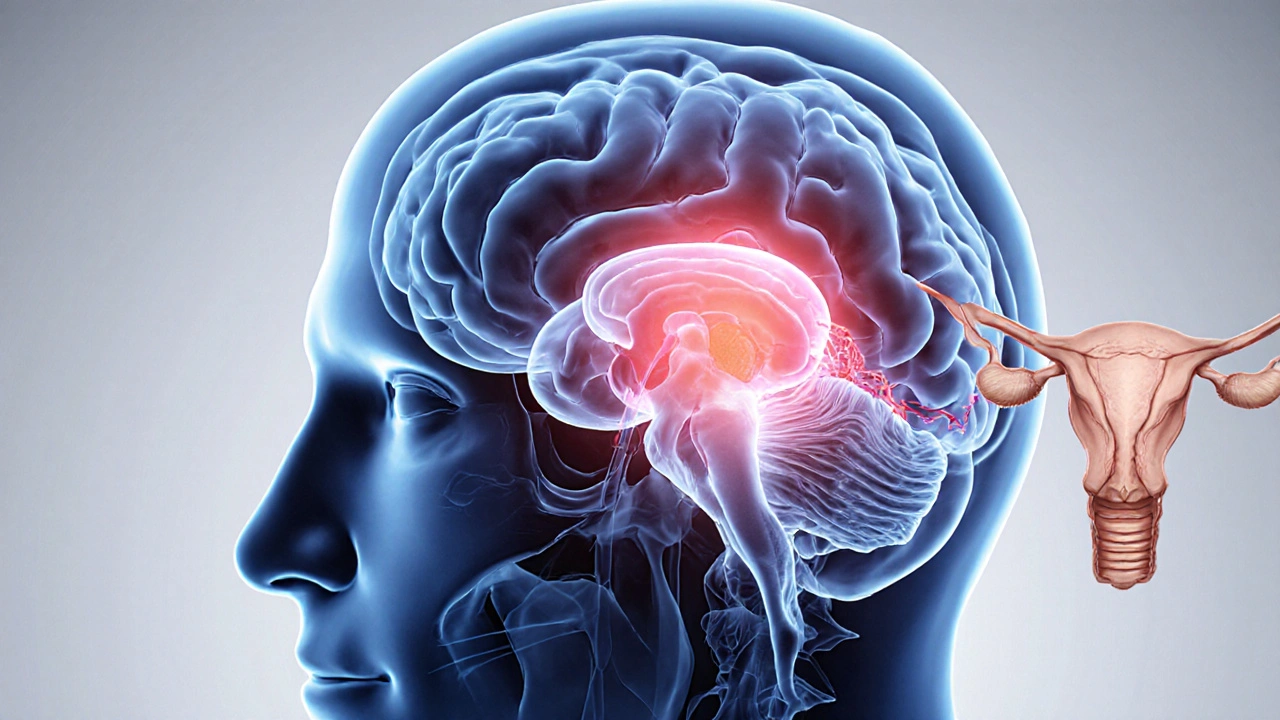
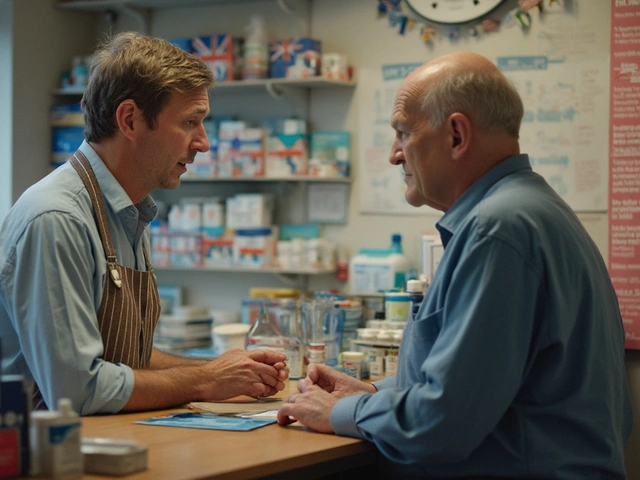
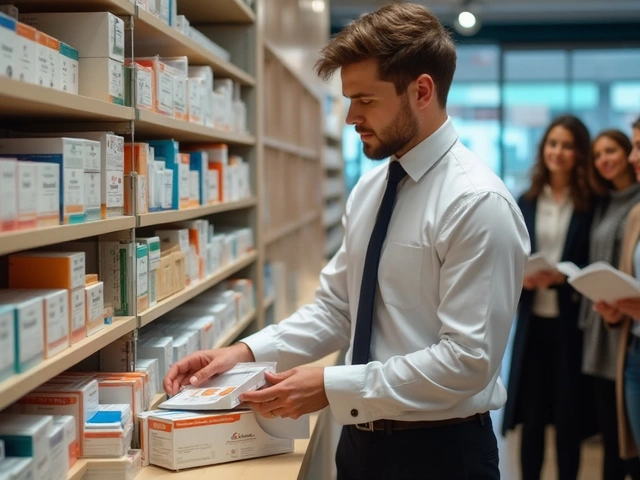
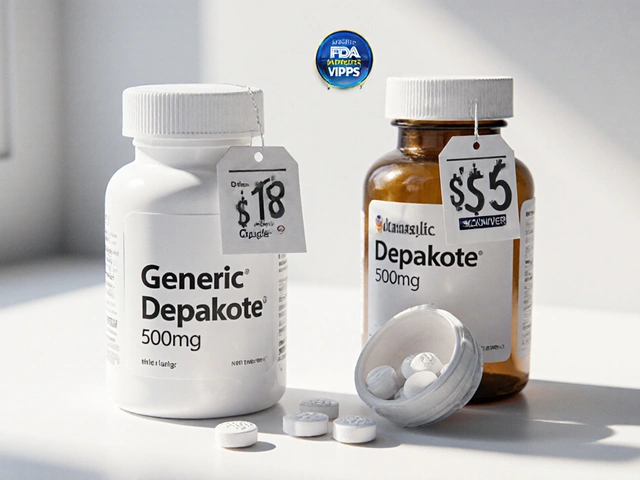
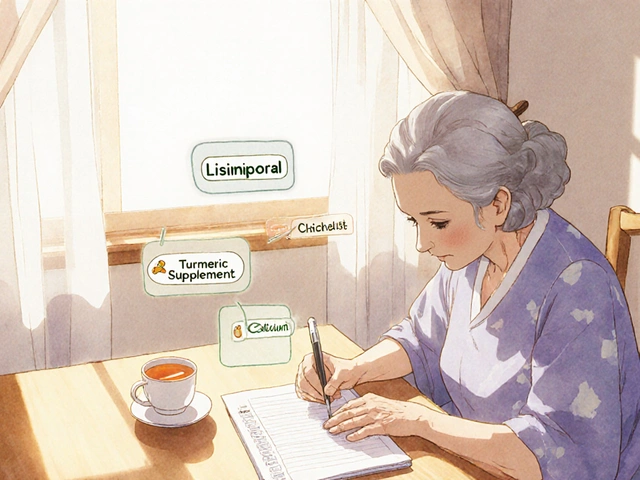
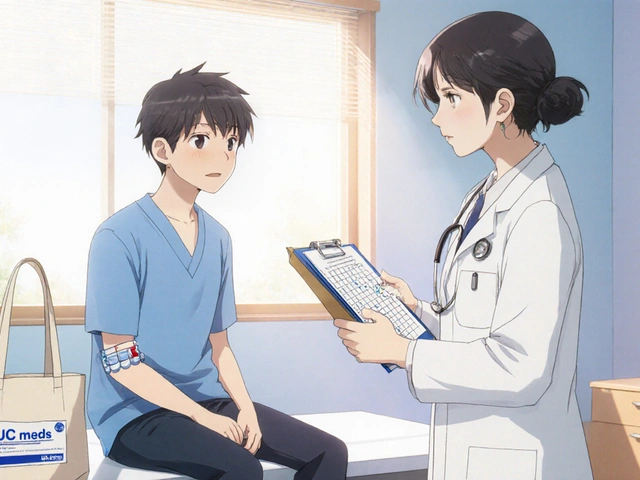
5 Comments
Great tool! It's super helpful for anyone curious about their testosterone levels. 😊
Just remember to discuss the results with a doctor before making any decisions.
Yo! This thing is legit, but u gotta watch out for the tiny details-like the input range. If you type something crazy it just throws an error, lol.
Still, nice quick peek at your numbers.
According to the guidelines, the normal range is 400‑700 ng/dL, which aligns with most endocrinology textbooks; however, individual variation is significant. Consultation is essential.
Wow!!! This page is sooo flashy!!! But honestly, it feels like a gimmick!!!
Does anyone actually trust these calculators?
Simple, clear, and to the point-just what you need when you're sick of jargon.
Write a comment